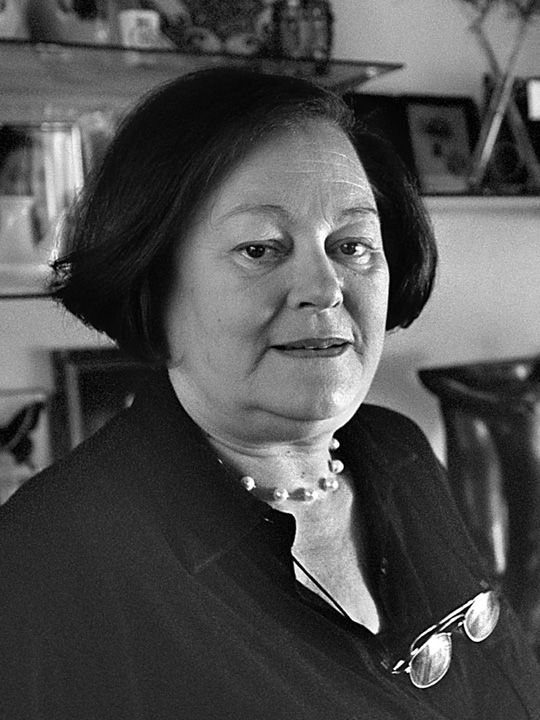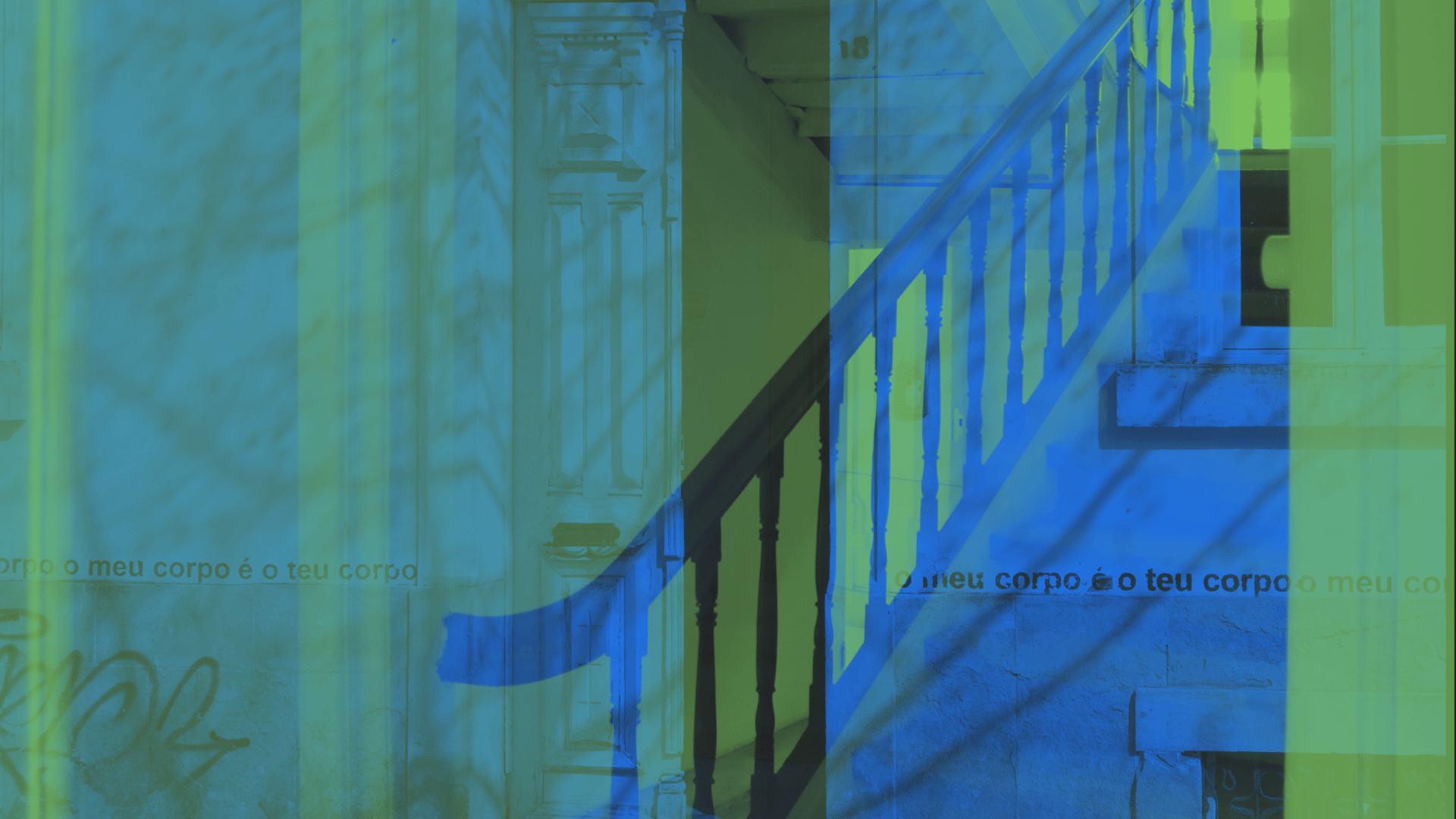Clara
Menéres
Clara Menéres



Portugal, 1943 - 2018
One of Portugal's most forceful sculptors, Clara Menéres (Braga, Portugal, 1943 - Lisbon, Portugal, 2018), developed a plural body of work that reflects her diverse formal and technical abilities. Associated with deconstructing the canons of sculptural tradition, the artist has produced works using everything from classic materials and production methods, such as clay, plaster, wood, stone and bronze, to less common ones, such as textiles, ceramics, moulded synthetic resins and glass - having created seminal works of contemporary art, such as the 1973 installation Jaz morto e arrefece o menino de sua mãe, which denounces the colonial war in a hyper-realistic way, or Mulher-Terra-Viva, from 1977, an installation that dialogues with the presuppositions of land art.
Over the decades, Clara Menéres' work has covered themes that, a priori, would seem anachronistic under a conciliatory artistic practice deeply linked to philosophical and socio-political thinking. Through her excellent ability to integrate the contradictory tensions of her complex nature into sculpture, Clara Menéres made eroticism, religiosity, founding myths, allegories (especially that of death), biblical passages, civic intervention and motherhood coexist. Her career was also marked by her collaboration with Joaquim Lima and Alfredo Queiroz Ribeiro in the creation of the ACRE group - a collective conceived after the 25 April Revolution that carried out politically engaged artistic interventions.
Relicário, 1969
Sculpture in synthetic resin and wooden box
Clara Menéres Estate.
The journey of the work Relicário, by Clara Menéres, highlights the censorship mechanisms in force in Portugal during the Estado Novo. Produced in 1969 and exhibited for the first time only in 1977, the yellow resin phallus, as well as touching on issues that deal with the way repression, eroticism and sexuality are linked within society, is a work that relates to the history of objects in the arts. Protected by a dark box typical of miniature altars, it incites a familiarity with the objects of Surrealism by suggesting a displacement of their semantic value. Occupying a space ideally suited to the figure of a saint triggers a certain playful delirium. For this reason, along with the other objects that occupy the CAPC Sede house throughout this biennial, Relicário, by Clara Menéres, appears as a glimpse of the curatorial intentions behind The Phantom of Liberty.
Clara Menéres' work has already been exhibited in various national and international institutions, including: Fundação Bienal de São Paulo, Fundação Calouste Gulbenkian, Sociedade Nacional de Belas Artes, Galeria Nacional de Arte Moderna, Museu Nacional Soares dos Reis, Museu Municipal de Tavira, Centre Culturel Portugais and Jadite Gallery. The artist's works have been part of landmark exhibitions such as Earthkeeping / Earthshaking (2020), Galeria Quadrum, and Alternativa Zero: Tendências Polémicas na Arte Portuguesa Contemporânea (1977).

